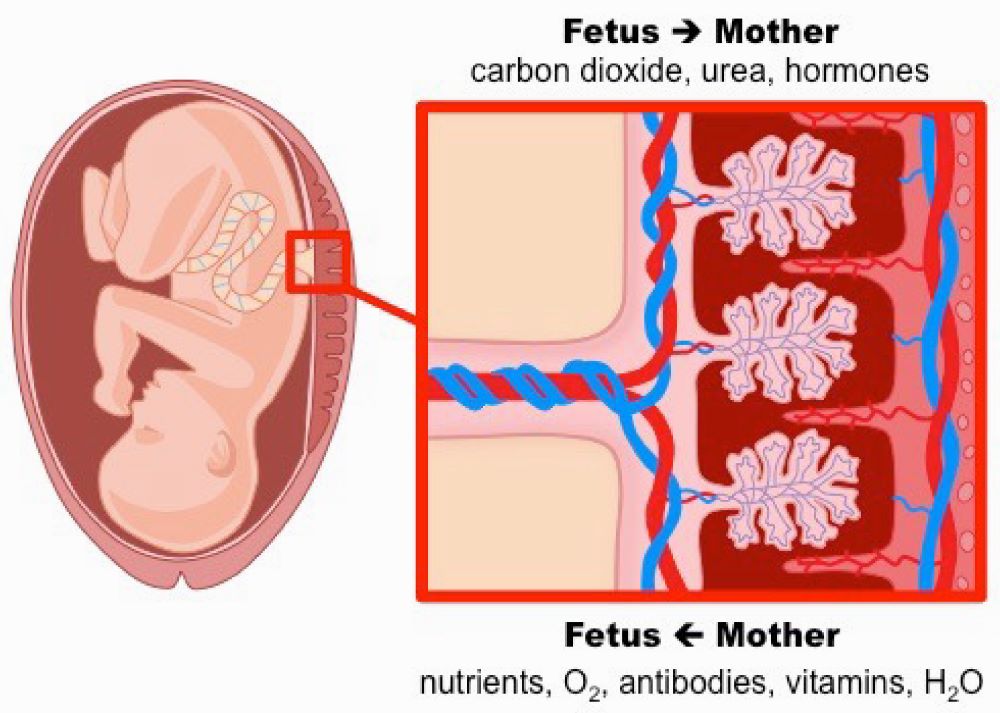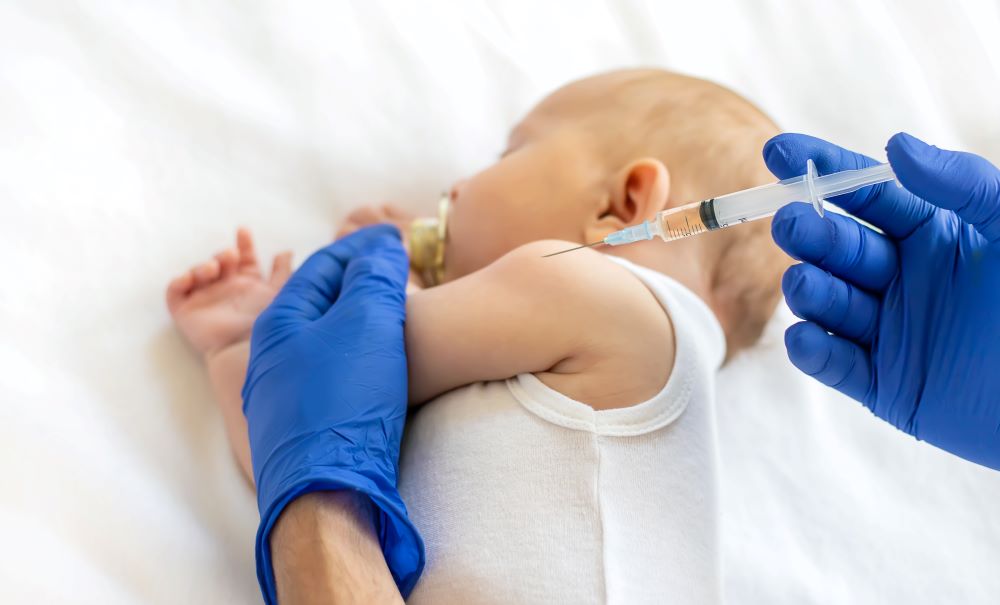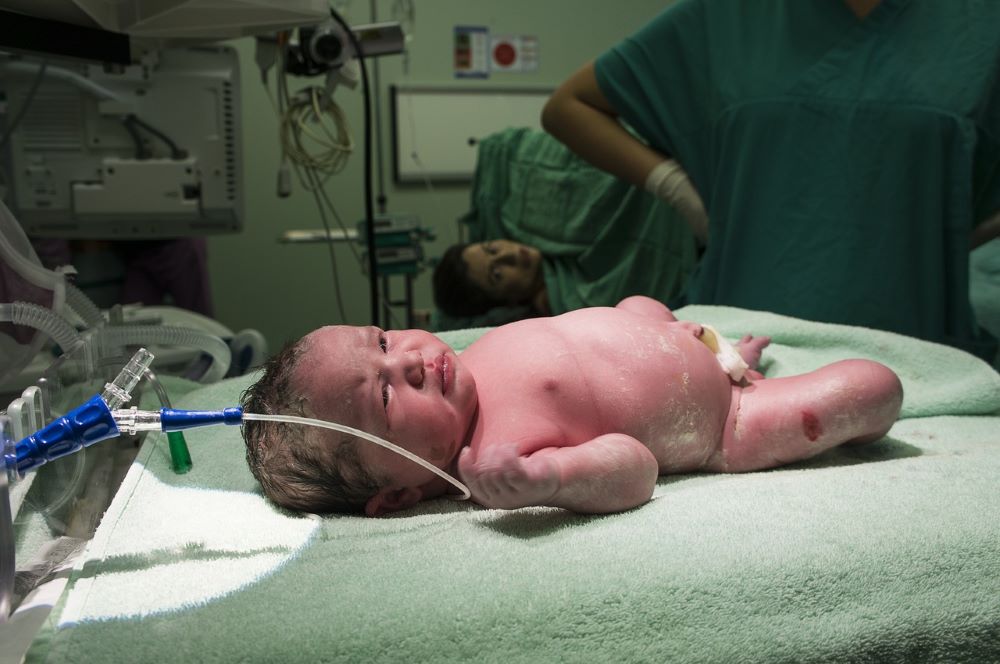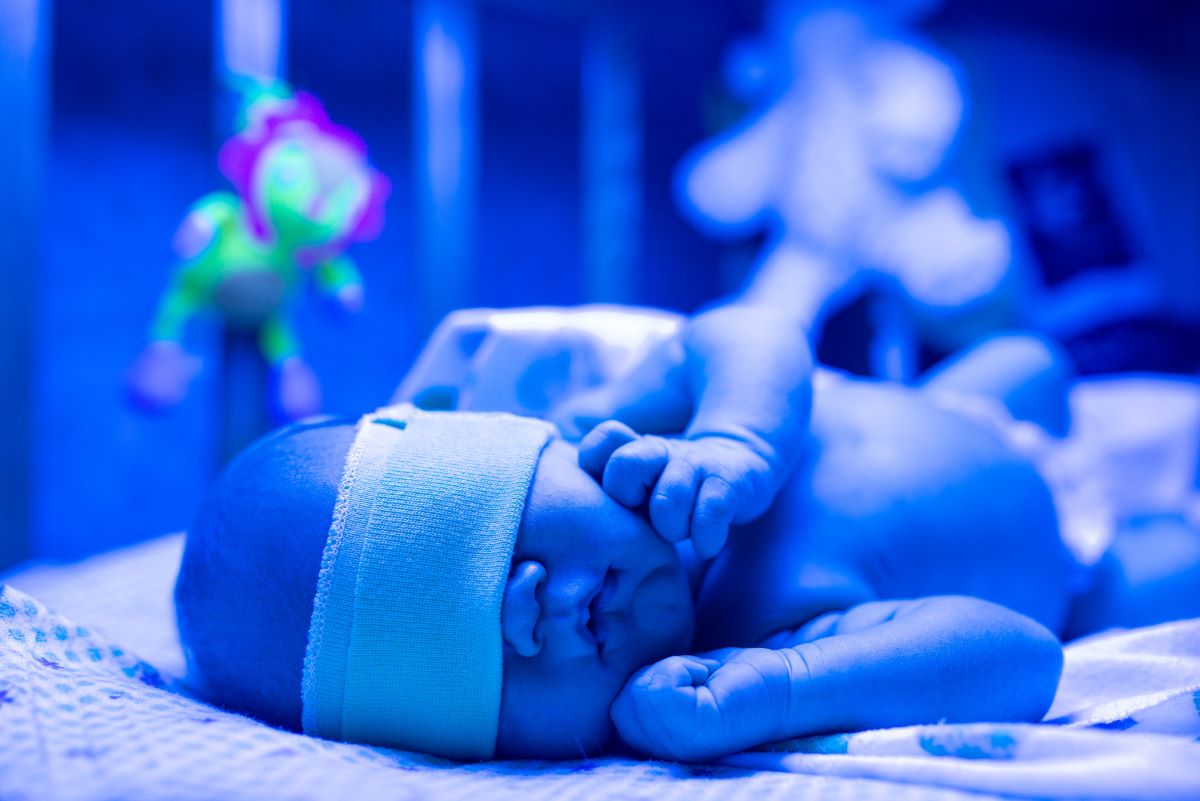Last Updated on December 12, 2024 by Michelle Wan
Newborn brain injuries are among the most devastating complications during childbirth, often leading to long-term physical, cognitive, and emotional challenges for both the child and their family. While some brain injuries occur due to unavoidable circumstances, many are preventable with proper medical care and timely intervention.
This blog explores the causes of preventable newborn brain injuries, the medical errors that contribute to them, and the steps families can take to seek justice and support.
What Are Newborn Brain Injuries?
Newborn brain injuries occur when a baby’s brain is damaged during pregnancy, labor, delivery, or shortly after birth. These injuries can affect critical areas of the brain, leading to conditions such as cerebral palsy, developmental delays, and seizures. The severity of these injuries ranges from mild to life-altering, depending on the extent of the damage.
Common Causes of Preventable Newborn Brain Injuries
Preventable newborn brain injuries often result from medical errors or negligence during childbirth. Below are some of the key causes:
Oxygen Deprivation (Birth Asphyxia)
Oxygen deprivation occurs when a baby’s oxygen supply is restricted before or during delivery. This can result in conditions like hypoxic-ischemic encephalopathy (HIE), a severe brain injury caused by insufficient oxygen reaching the brain.

Examples of Medical Errors:
- Failure to monitor fetal distress through heart rate patterns.
- Delayed decision to perform a cesarean section during prolonged labor.
- Umbilical cord complications, such as cord prolapse, left unaddressed.
Traumatic Birth Injuries
Physical trauma during delivery can damage a baby’s brain, especially when improper techniques or tools are used.
Examples of Medical Errors:
- Misuse of delivery instruments, such as forceps or vacuum extractors.
- Excessive force applied during delivery.
- Mishandling a breech delivery.
Infections
Maternal infections during pregnancy, such as chorioamnionitis or Group B Streptococcus (GBS), can lead to brain inflammation in the fetus if not identified and treated promptly.

Examples of Medical Errors:
- Failure to diagnose and treat maternal infections.
- Delayed administration of antibiotics during labor.
Severe Jaundice (Kernicterus)
If neonatal jaundice is not monitored and treated, high levels of bilirubin can accumulate in the baby’s brain, causing permanent damage.
Examples of Medical Errors:
- Failure to recognize or treat jaundice.
- Delayed phototherapy or blood transfusion.
Premature Birth
Preterm infants are at higher risk of brain injuries due to underdeveloped organs and vulnerability to complications like intracranial haemorrhage.
Examples of Medical Errors:
- Failure to administer medications that promote lung and brain development in preterm infants.
- Inadequate neonatal care in the NICU.

Symptoms of Newborn Brain Injuries
The symptoms of brain injuries in newborns may vary based on the type and severity of the injury. Common signs include:
- Abnormal Reflexes: Lack of normal reflexes such as sucking or grasping.
- Low Muscle Tone: A floppy or stiff body.
- Seizures: Repeated jerking movements or twitching.
- Feeding Difficulties: Challenges in sucking or swallowing.
- Developmental Delays: Missing early milestones such as rolling over, sitting up, or crawling.
Long-Term Consequences of Newborn Brain Injuries
The impact of brain injuries on a child’s life can be profound and lifelong. Common long-term effects include:
- Cerebral Palsy: Impaired muscle control and movement.
- Intellectual Disabilities: Difficulty with learning, memory, and problem-solving.
- Speech and Language Challenges: Delayed or impaired communication skills.
- Seizure Disorders: Chronic epilepsy or recurring seizures.
- Behavioral Issues: Emotional regulation challenges and social difficulties.
Preventing Newborn Brain Injuries
Preventing newborn brain injuries requires diligent medical care, timely interventions, and adherence to established medical guidelines. Key prevention strategies include:
Monitoring Fetal Distress
Continuous fetal heart rate monitoring during labor to identify signs of oxygen deprivation and immediate response to abnormal heart patterns.
Performing Timely Interventions
Prompt decision-making for emergency cesarean sections in cases of prolonged labor or fetal distress and avoiding delays in addressing complications such as umbilical cord prolapse.
Managing Maternal Health
Treating maternal infections during pregnancy, labor monitoring and managing high-risk pregnancies with conditions such as preeclampsia or diabetes.
Early Treatment of Jaundice
Routine bilirubin screenings for newborns and administering phototherapy or other treatments as needed.
Seeking Justice for Preventable Brain Injuries
If your child’s brain injury resulted from medical negligence, legal action can help secure compensation to cover medical expenses, therapies, and long-term care. An experienced birth injury attorney can:
- Investigate the circumstances of the birth.
- Identify instances of medical malpractice or errors.
- Pursue compensation for medical costs, lost income, and emotional distress.

How Thomas & Wan LLP Can Help
At Thomas & Wan LLP, we understand the profound impact preventable brain injuries have on families. With decades of experience in birth injury cases, our compassionate attorneys are dedicated to helping families secure the resources they need to care for their children.
We offer a free consultation to review your case, explain your options, and provide the support your family deserves.
Preventable newborn brain injuries are tragic but avoidable with proper medical care and vigilance. Understanding the causes, symptoms, and available support empowers families to advocate for their children and take action when negligence occurs.
If your child has experienced a brain injury due to medical negligence, contact Thomas & Wan LLP today for a free consultation. Let us help you secure justice and the resources your family needs for the future.





